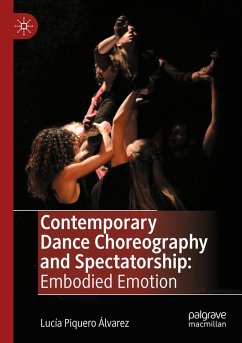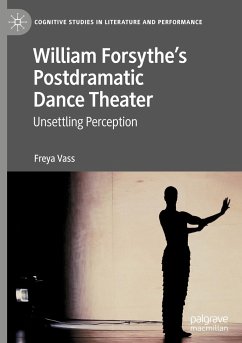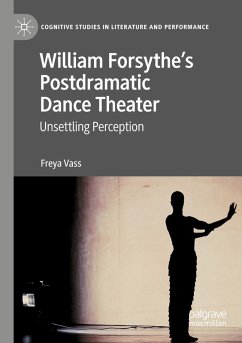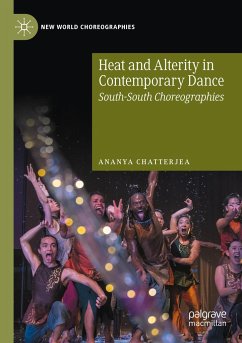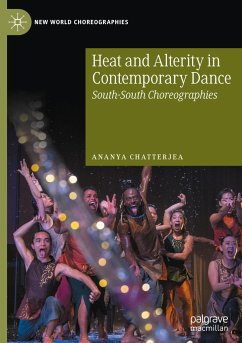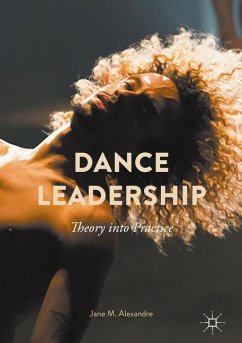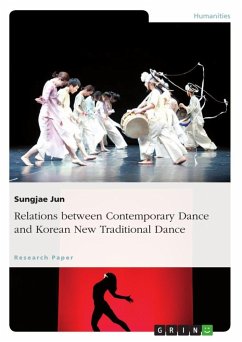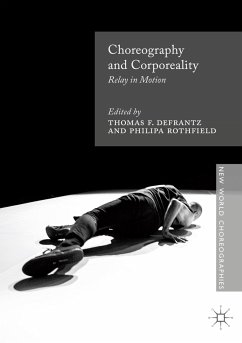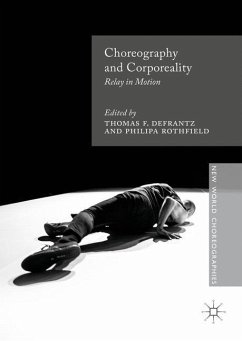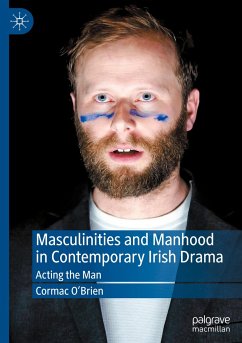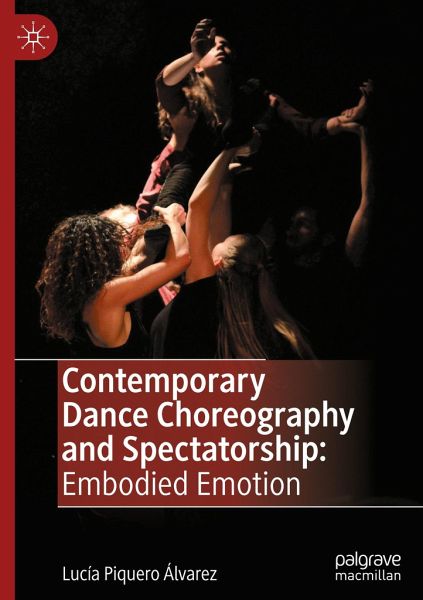
Contemporary Dance Choreography and Spectatorship
Embodied Emotion
Versandkostenfrei!
Versandfertig in 6-10 Tagen
91,99 €
inkl. MwSt.
Weitere Ausgaben:

PAYBACK Punkte
46 °P sammeln!
This book offers an approach which unites choreographic and spectatorial perspectives, and argues for dance itself-its materials, its structures-as a medium of emotional communication. Contemporary dance often seems to contend with issues of understanding, regularly being "read" in "languages" which alienate it. Even if emotion seems a significant part of people's engagement with dance, its workings are often surrounded by an air of mysticism. Engaging with these issues, this study investigates the experience of emotion in Euro-American contemporary dance theatre. It questions its dependence o...
This book offers an approach which unites choreographic and spectatorial perspectives, and argues for dance itself-its materials, its structures-as a medium of emotional communication. Contemporary dance often seems to contend with issues of understanding, regularly being "read" in "languages" which alienate it. Even if emotion seems a significant part of people's engagement with dance, its workings are often surrounded by an air of mysticism. Engaging with these issues, this study investigates the experience of emotion in Euro-American contemporary dance theatre. It questions its dependence on the artist's personal emotions, and the assumption that it is mediated by representational meaning. Instead, this book proposes that the emotional import of dance emerges from an interplay between perceptual properties and symbolic elements in an embodied affective cognitive experience. This experience includes the background of the spectator as well as the context of work, choreographer, performer(s) and other creative agents.



